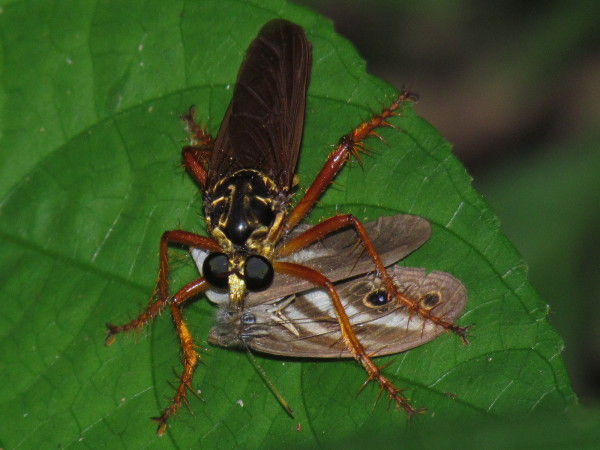Insects, spiders and other bugs and creepy crawlies are one of my favorite photographic subjects in Costa Rica.
Bugs aren’t the first thing that comes to mind when the topic of wildlife comes up but if you look closely the mantis, walking sticks, ants, butterflies, bees, katydids and even roaches are fascinating and often beautiful.
Insects are also often quite easy to photograph so since we’re not professionals and don’t have thirty pound telephoto zoom lenses to get that perfect shot of a king vulture half a mile up in the sky we get a lot of bug pictures. Except for those pesky morphos. I’ve probably taken a thousand shots of morpho butterflies in flight both in the wild and in butterfly garden enclosures and still don’t have a really good one.
Click on the thumbnails for a more detailed description, location and larger images.





































































